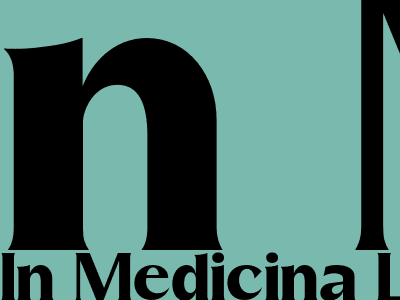
In Medicina La Misurazione Della Pressione Oculare
The Importance of Intraocular Pressure Measurement in Medicine
Introduction: Understanding Intraocular Pressure
Intraocular pressure (IOP) is a crucial indicator of eye health. It refers to the fluid pressure within the eye, specifically in the anterior chamber and the vitreous cavity. Maintaining optimal IOP is essential for preserving the integrity and function of various ocular structures. Deviations from normal IOP levels can lead to serious eye conditions, such as glaucoma.
The Measurement of IOP
Tonometry Methods
Measuring IOP accurately is vital for diagnosing and managing eye diseases. Tonometry is the process used to assess IOP. There are several tonometry methods, including:
- Applanation tonometry: Uses a flattened probe to measure the force required to flatten a small area of the cornea.
- Non-contact tonometry: Emits a puff of air to measure corneal resistance.
Normal IOP Values
Normal IOP ranges from 12 to 21 mmHg (millimeters of mercury). However, individual variations exist, and certain factors, such as age and ethnicity, can influence IOP levels.
Elevated IOP and Glaucoma
Sustained elevated IOP is a major risk factor for glaucoma, a leading cause of irreversible vision loss. When IOP exceeds the eye's tolerance, it can damage the optic nerve, which transmits visual information from the eye to the brain. Glaucoma can be classified into two main types:
- Open-angle glaucoma: A gradual, often asymptomatic condition where the drainage channels for aqueous humor (the fluid that fills the eye) become less efficient.
- Angle-closure glaucoma: A sudden, painful condition where the iris (the colored part of the eye) blocks the drainage channels.
Measuring IOP for Glaucoma Detection and Management
Regular IOP measurement is crucial for early detection and proper management of glaucoma. By monitoring IOP levels, ophthalmologists can assess the risk of developing glaucoma and make informed treatment decisions. Treatment options for glaucoma include medications to lower IOP, laser therapy, and surgery.
Conclusion: The Importance of IOP Measurement
Measuring IOP is a fundamental aspect of eye care, providing valuable information about eye health and the risk of developing glaucoma. By understanding the techniques of IOP measurement, normal IOP values, and the implications of elevated IOP, medical professionals can play a vital role in protecting and preserving vision.
Komentar